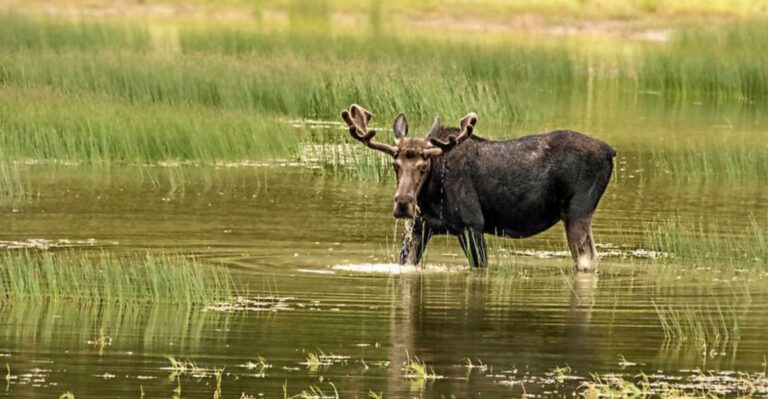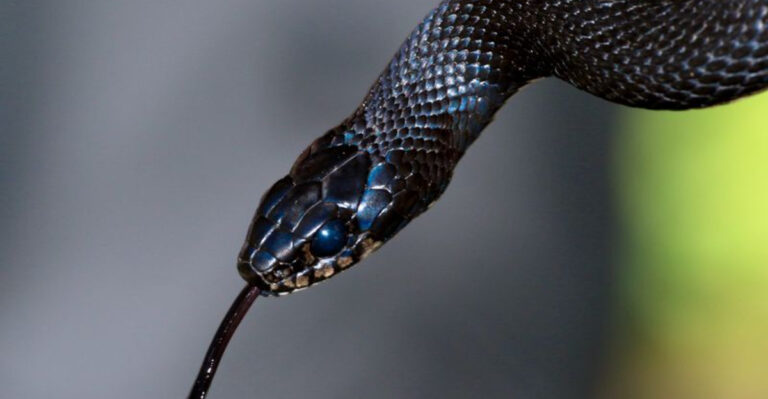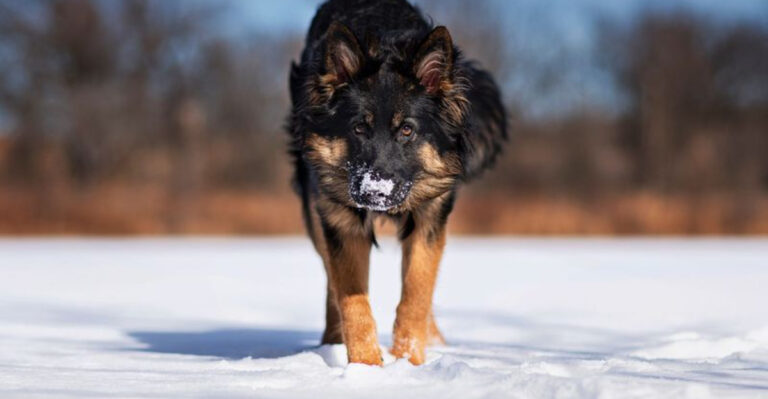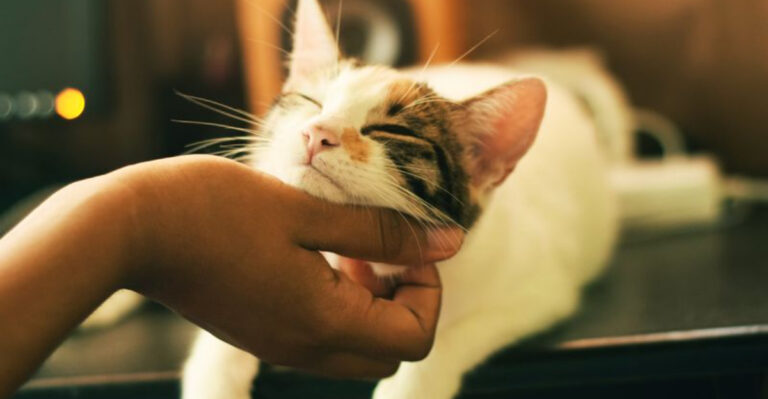When Do Cats Stop Growing? 15 Facts About Their Growth Cycle
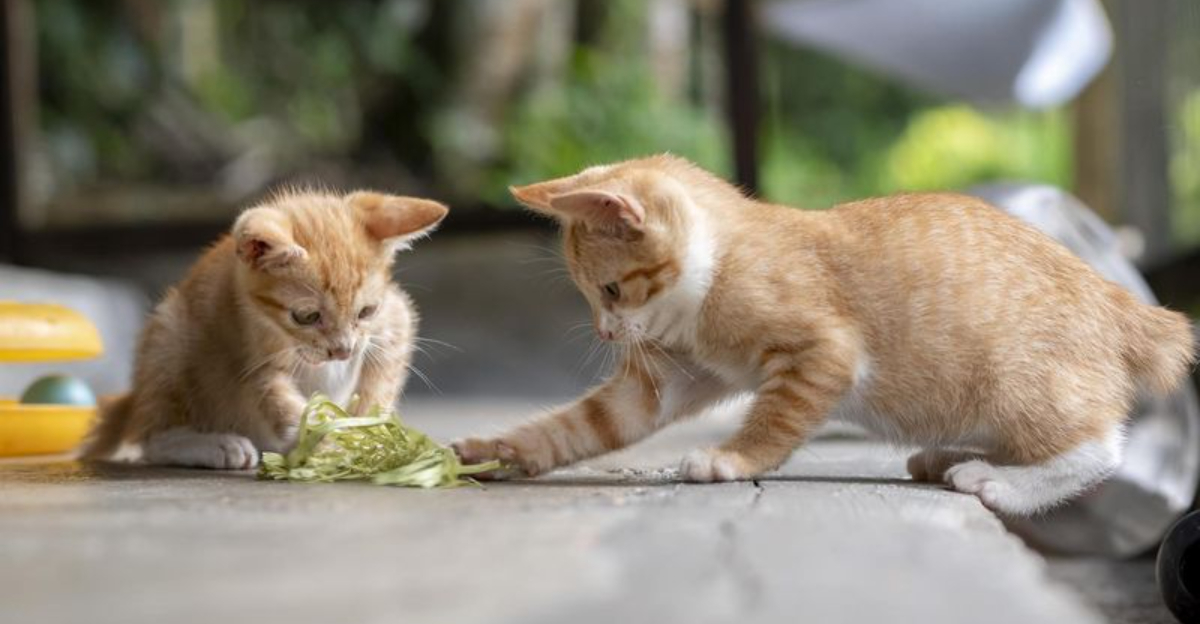
Did you know cats often seem to stretch like fluffy accordions? Their growth journey is a fascinating tale of spurts and pauses.
Understanding when your feline friend will stop growing can feel like unraveling a mystery novel, with each chapter revealing surprises about their biology and behavior. So, what makes cats tick in their growth cycle?
1. Infancy Hurdles
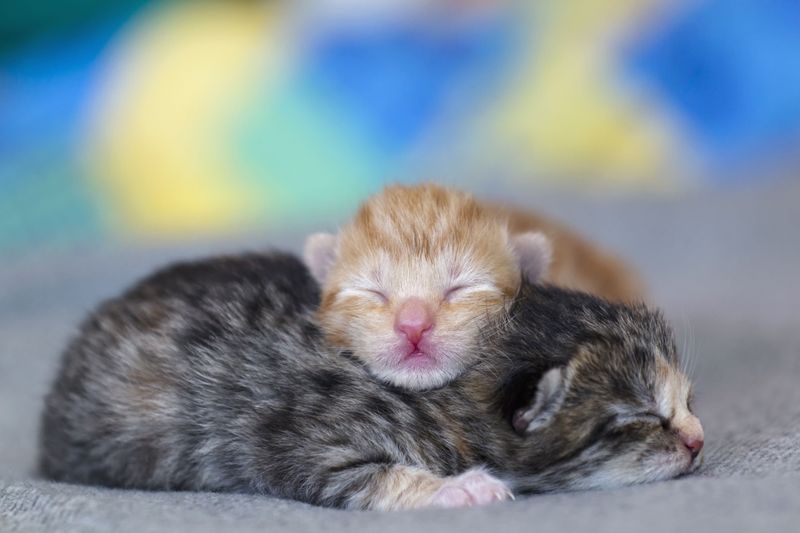
Kittens, like tiny explorers, face a world full of new sensations. Their first few weeks are critical for development, especially in motor skills. It’s a period filled with first meows, wobbly steps, and lots of sleep! During this time, their growth rate is rapid, setting the stage for future adventures.
2. Six-Month Sprint
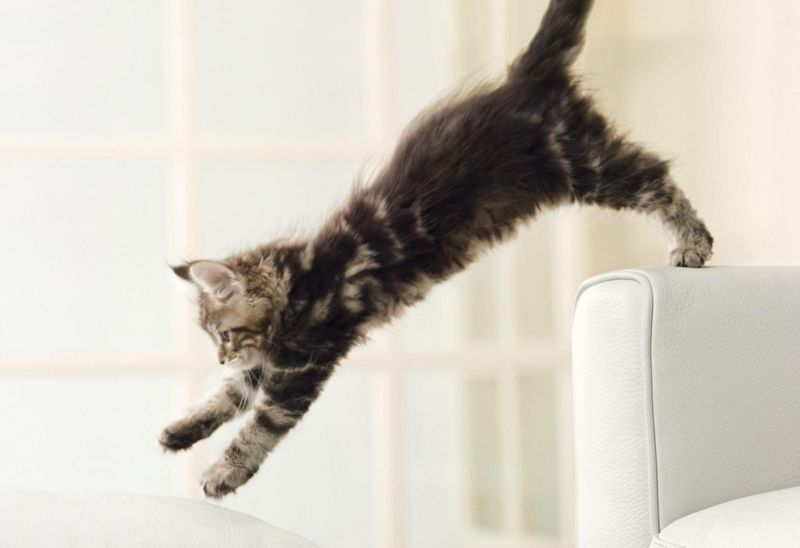
By six months, cats are akin to rebellious teenagers – energetic and curious. They grow rapidly, often doubling their size from infancy. This stage is crucial for socialization and learning. Their bodies grow quickly to match their ever-expanding curiosity and energy levels.
3. One-Year Milestone
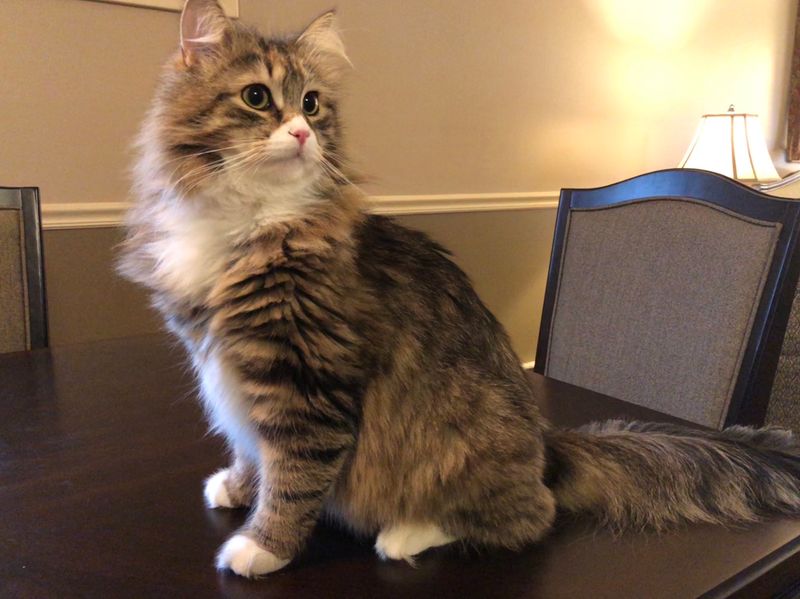
Turning one marks a major milestone. Cats are now more coordinated and mature, both physically and behaviorally. While some may still grow slightly, they largely settle into their adult size and temperament. This marks the transition from kittenhood to adulthood in the feline world.
4. Breed Matters
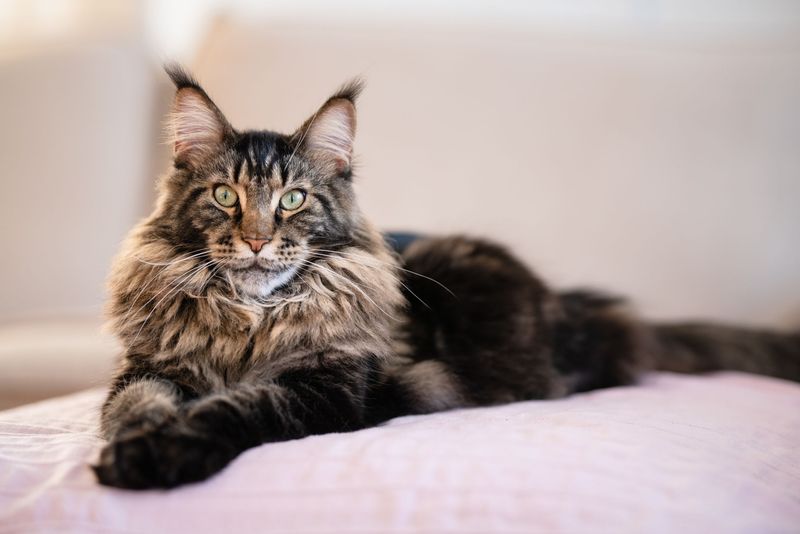
Not all cats follow the same growth timeline. Breeds like Maine Coons can continue growing for up to four years! Smaller breeds, however, may complete their growth much earlier. Genetics play a significant role in how long and how large a cat will grow.
5. Neutering Effects
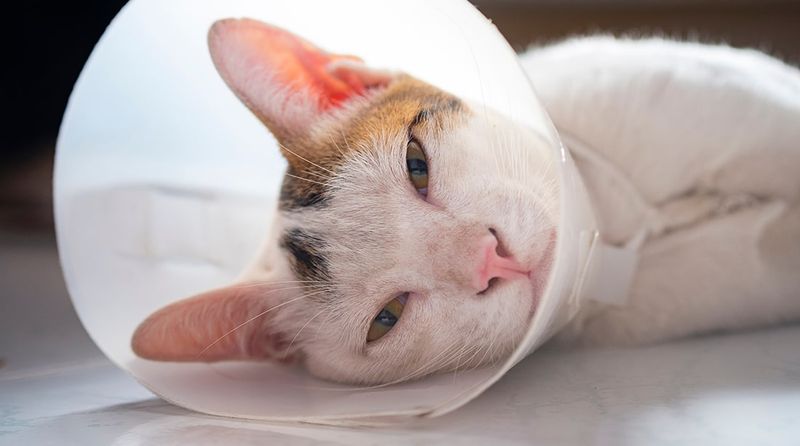
Neutering can affect growth. Cats neutered early may grow slightly taller, as the closure of growth plates is delayed. This procedure impacts hormonal changes, which, in turn, influences their growth patterns. It’s a decision with both health and physical implications.
6. Nutritional Influence
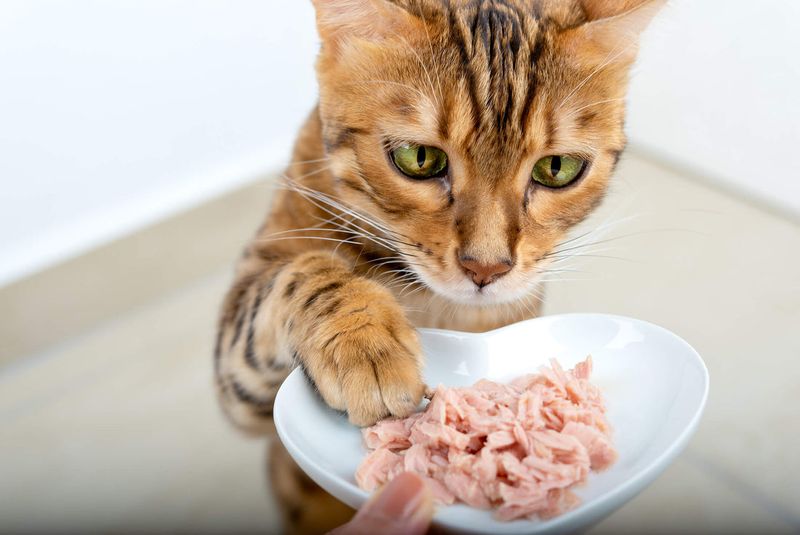
Diet is a key player in a cat’s growth story. Proper nutrition supports healthy development and prevents obesity. High-quality food tailored to the specific needs of growing kittens ensures they reach their full potential. It’s a vital consideration for any cat owner.
7. The Role Of Genes
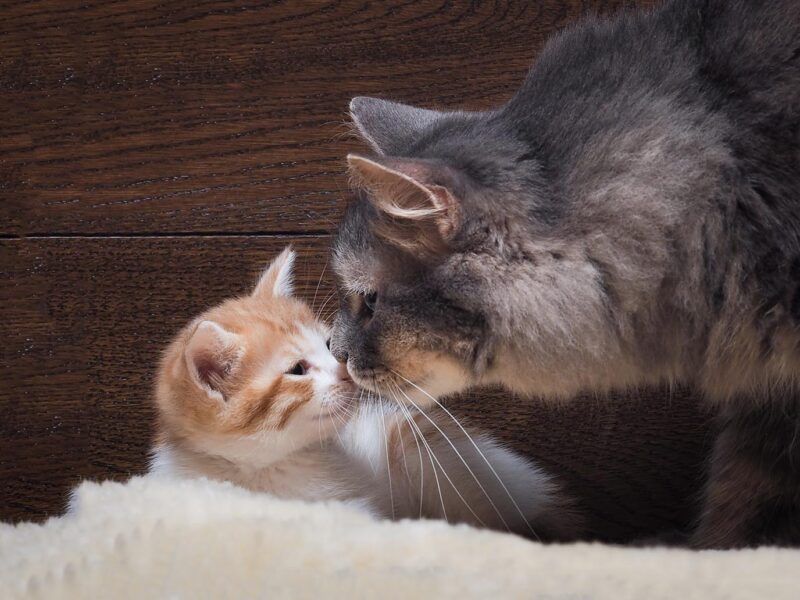
Just like humans, cats inherit traits from their parents. Genetic factors determine everything from fur color to growth rate. Some cats are predisposed to grow larger or faster, while others may take their time reaching maturity. It’s nature’s blueprint in action.
8. Health And Wellness
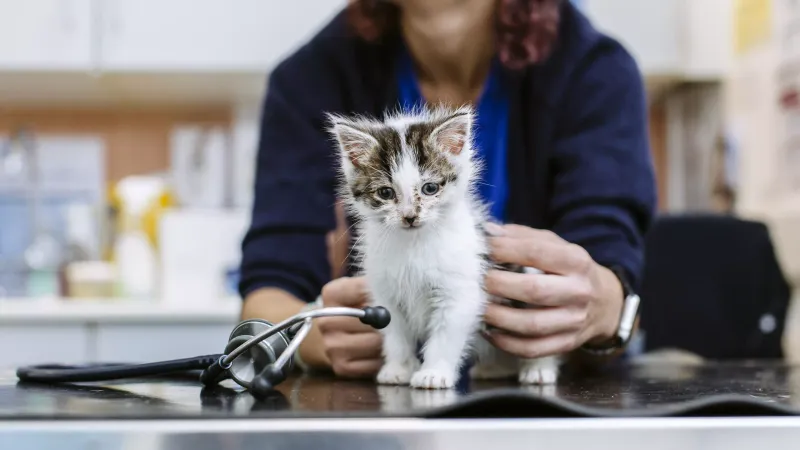
A cat’s health significantly impacts its growth. Illness or malnutrition during formative years can stunt growth. Regular vet check-ups ensure cats are on track developmentally, allowing for timely interventions if needed. Health is the cornerstone of a happy, growing feline.
9. Play And Development
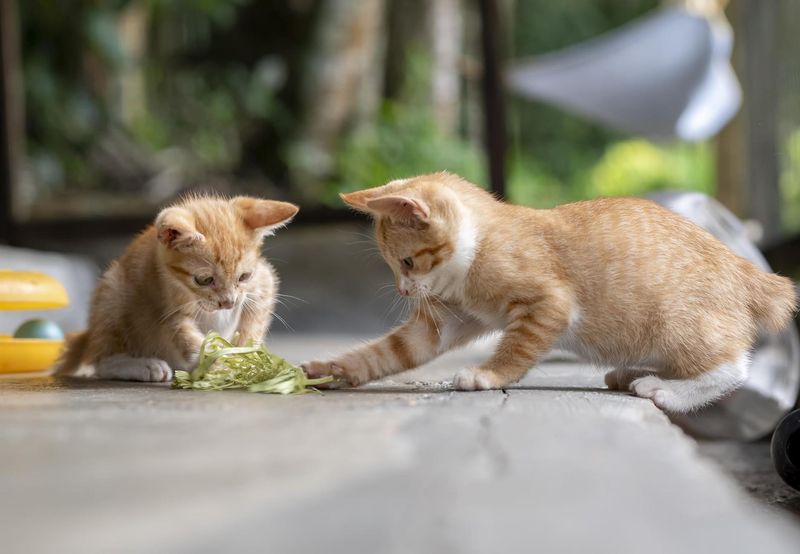
Play isn’t just fun; it’s essential for a cat’s growth. Through play, kittens develop their motor skills and learn social cues. It’s an exercise in growth, both physically and mentally, as they leap, tumble, and pounce their way to maturity. Playtime is growth time!
10. The Senior Transition
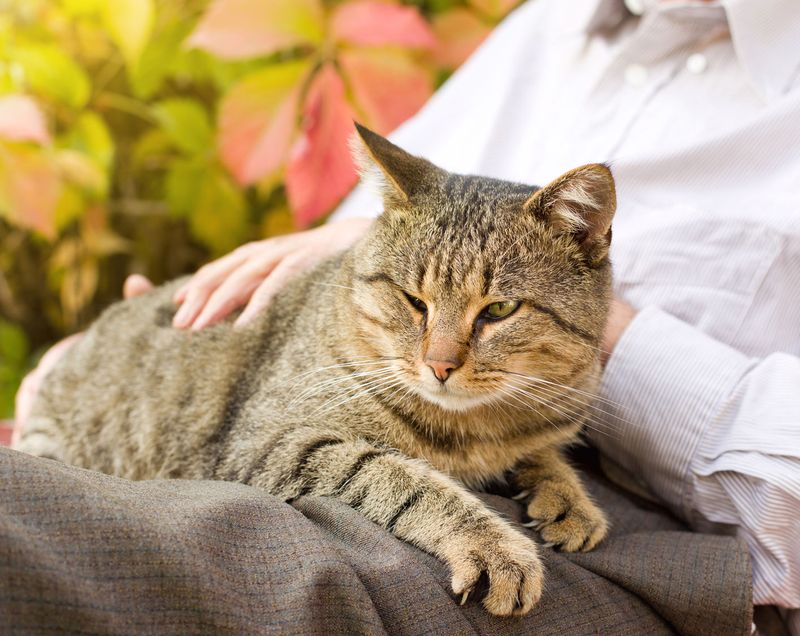
As cats age, growth gives way to maintenance and preservation. Senior cats may experience muscle loss and require more care to maintain health. Their growth cycle comes full circle, focusing on health and longevity. Providing comfort and care becomes paramount in their senior years.
11. Emotional Bonding
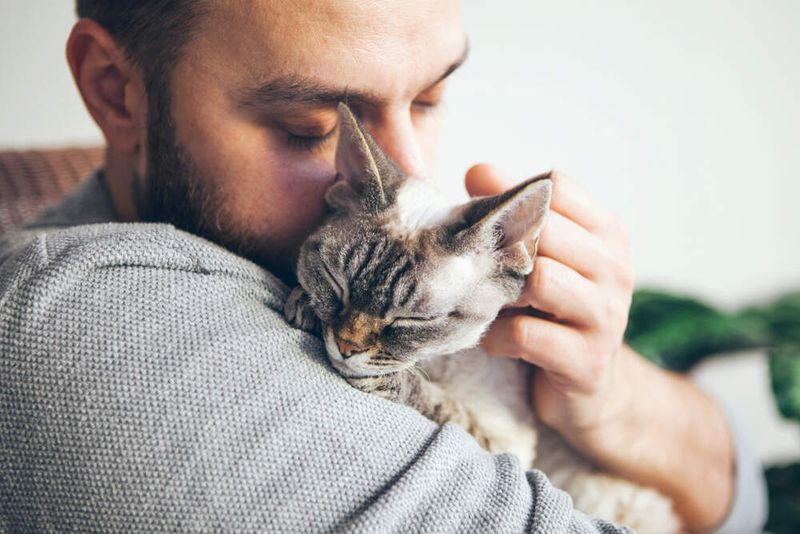
Emotional growth is as crucial as physical growth. Cats form bonds and develop personalities based on their interactions with humans and other animals. These connections are vital for their overall development and well-being, ensuring a well-rounded and social adult cat.
12. Environmental Impact
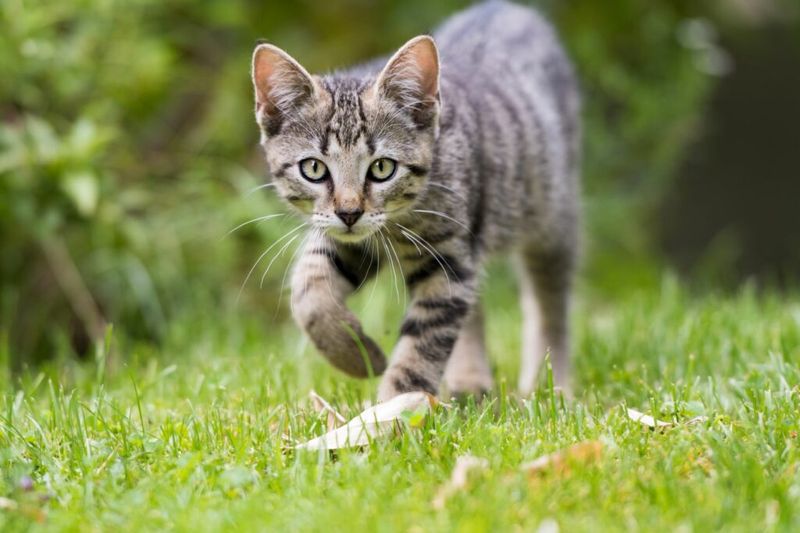
The environment plays a pivotal role in a cat’s growth. A stimulating environment encourages exploration and learning. Whether indoors or outdoors, providing diverse experiences fosters mental and physical development, shaping a well-adjusted feline.
13. Aging And Growth
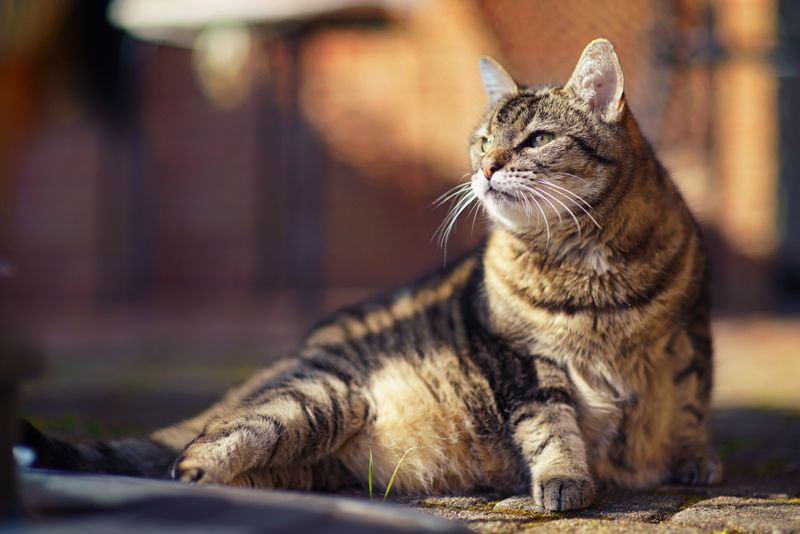
Cats may stop growing in size, but they continue to age gracefully. Aging affects their abilities and needs, requiring adjustments in care. While growth slows, their need for love and attention remains ever-present, highlighting the lifelong journey of growth.
14. Understanding Maturity
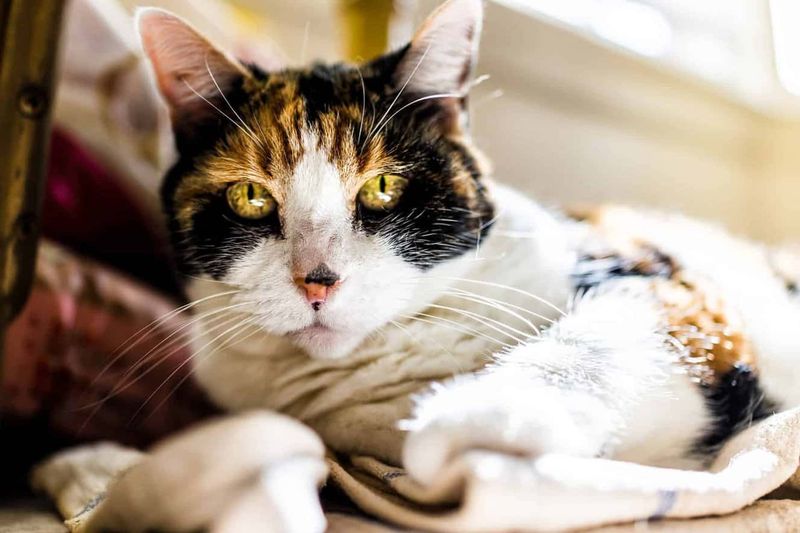
Maturity in cats isn’t just about size; it’s about behavior and attitude. Mature cats exude confidence and understanding of their world. They become more independent, often setting the tone for their households. It’s a sophisticated stage of a cat’s growth journey.
15. Life Stages Of Cats
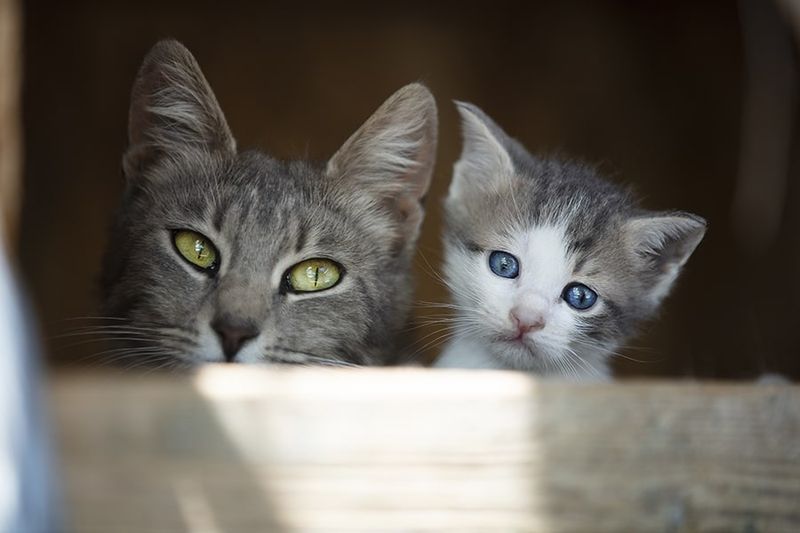
Cats, like fine wine, improve with age, each stage offering new experiences and challenges. From playful kittens to wise seniors, their growth cycle is a testament to their adaptability and charm. Understanding these stages helps in providing the best care at every age.

